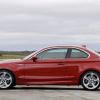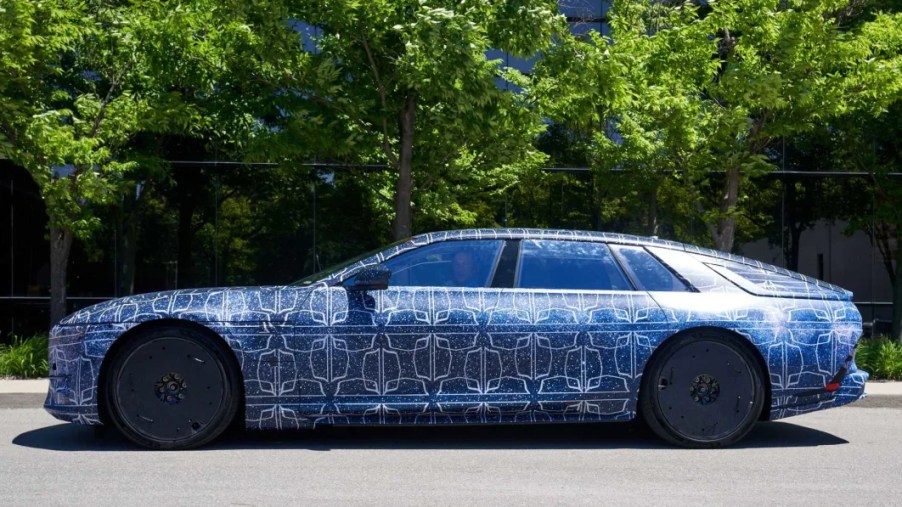
2025 Cadillac Celestiq: Just Released Driving Prototype Looks Like A Cigar
What happened? Just last month Cadillac revealed the 2025 Celestiq, its $300,000 flagship. Its impressive, forward design and details made Mercedes and BMW go back to their respective drawing boards. After decades of frumpy cars, it was nice to finally see a compelling Cadillac. But today, it released these images of a camouflaged prototype, and it looks like a cigar. The proportions look way too long, so let’s explore what is going on.
Why does the Cadillac Celestiq prototype look so gigantic?
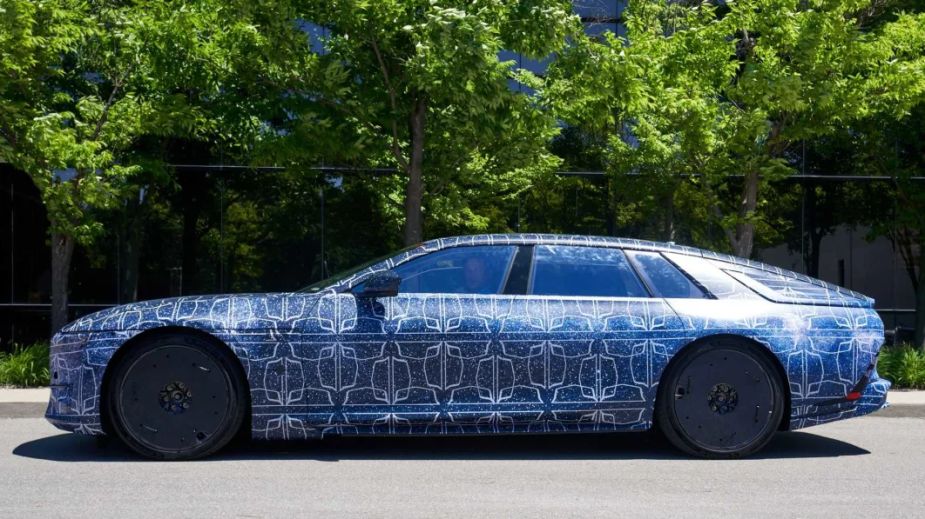
First off, any designer will tell you the proof of a good design can’t be fully evaluated until the vehicle is out in the world. The context of a concept car’s driving, and running, in its natural environment, allows designers to access designs. And from all angles, with sunlight and surroundings dancing over the body surfaces. That’s how you access a car design, not just in a studio.
OK, so we have that in these images. Yeah, it’s got camo on it, but out in the wild gives us context. So far, that context is showing a vehicle that has a 479–inch wheelbase and overall length exceeding the Titanic. This thing looks huge and long.
Why is there camo for a car that Cadillac already revealed?
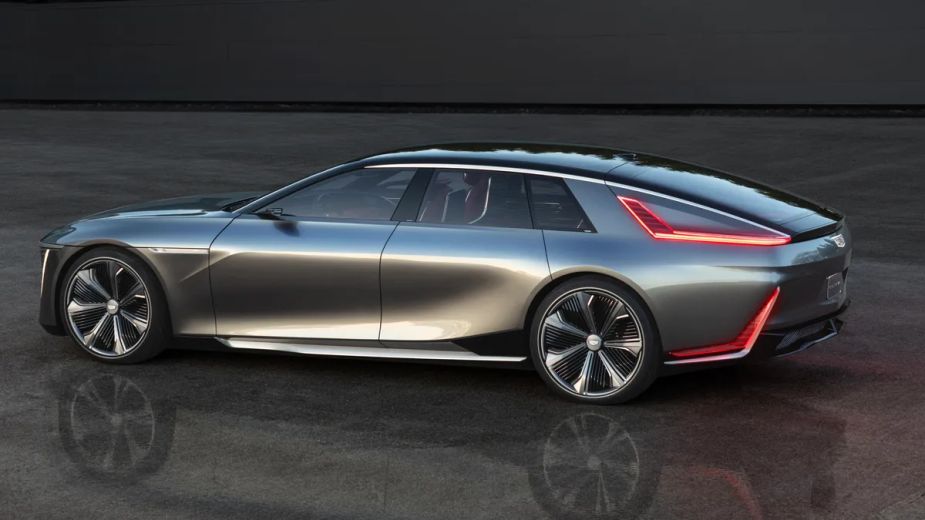
Now, to be fair, there are a lot of elements that could help give the impression of a cigar proportion. Most important are all of the details on a car body that helps to break up the surfaces. In this case, there are none. Nor are there dancing reflections or highlights. All of these things visually break up the surface which visually helps to shorten a design.
And there are no wheels. There are, but they’re blocked off with flat flat-black discs. It is the absence of a wheel. And the wheels enhance any design, which is why the world wonders why the murdered-out look is a thing.
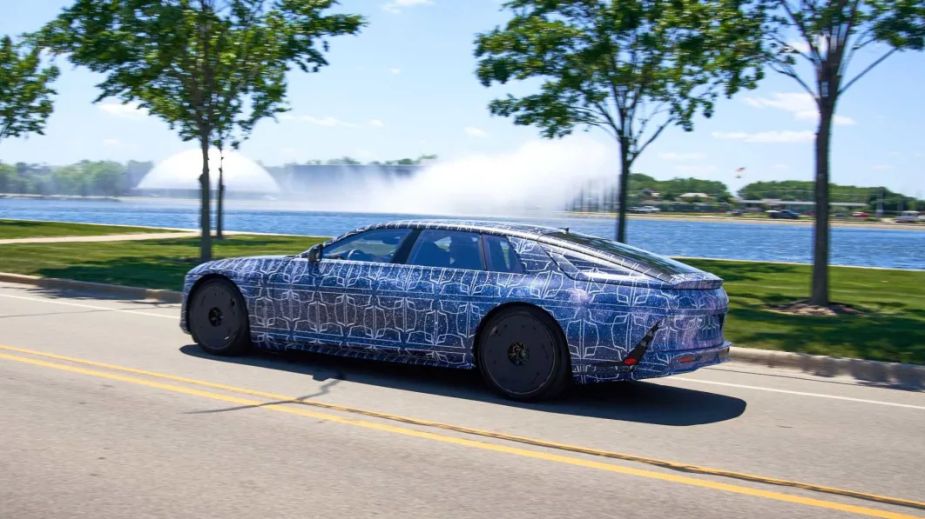
Wheels also help to visually break up a design, cutting into the body as they do. It is the absolute one thing that defines a car as a mechanical thing because it moves. Or actually, it revolves. All machines have moving parts, but a car only expresses that with revolving wheels. So how the prototype Celestiq’s wheels are essentially missing, hurts the overall proportions.
So those are some of the reasons why right now the sedan’s proportions give the look of a canoe. But the running prototype gives us a good look at its profile and some of the body surface shapes. And that’s where some other problems arise.
Does the Cadillac Celestiq body look bloated?
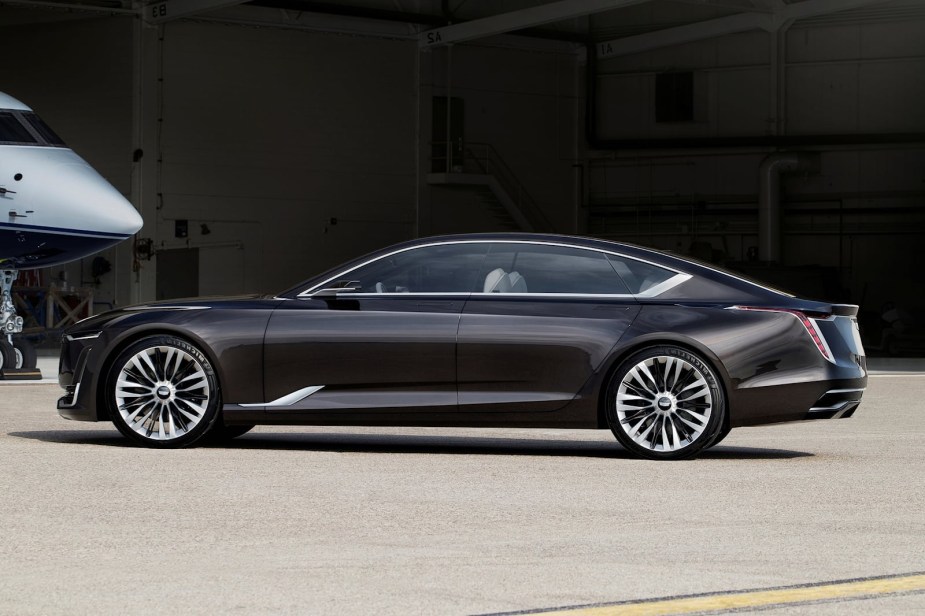
While the rear overhang, the distance from the rear wheel centerline to the back of the bumper, looked long on the show car, it looks exceptionally long in these prototype images. An earlier concept for the Celestiq called Escala had a similar rear overhang. But the top transitioned into the rear differently than in this prototype. While slightly more conventional-looking, it didn’t take on the bloated proportions we’re seeing here.
And finally, the overall body in side view tapers down, making the rear look visually weaker. What happened to those classic wedge shapes, exemplified in sedans like the Chrysler 300 and Dodge Charger, and in muscle cars like the Camaro, Challenger, and Mustang?
As Cadillac released these images, they control the narrative. We’ve all seen how this car will look. So it might behoove Cadillac to forego the marketing drama and camo. As explained, the car really looks like it needs what it is visually hiding to not scare off interested enthusiasts.
